If you flip over a pair of 20th century sterling silver candlesticks or a footed compote and the base isn’t hollow, chances are it’s weighted silver. That doesn’t mean it’s not sterling; it means it’s not ALL sterling. Weighted silver pieces are made by wrapping a paper thin layer of sterling silver around a shaped core of wax, resin, plaster, lead or other metal. Silver is fairly light, so the heavier material weighs the piece down and provides stability. If a piece has a weighted base there’s something other than silver filling the area around the candle cup too. Silver is very pliable, so the filling helps the candle cup and the base maintain their shape.

Having a weighted base means the piece costs less to make and to buy than a full sterling piece. That’s why the world is filled with pairs of short weighted sterling candlesticks. They were an enormously popular wedding gift in the 1950s and 60s because they were elegant and the price was right. My theory is that back then, every couple was required by law to receive one silver plated covered vegetable dish and one pair of weighted sterling candleholders or the marriage wasn’t considered valid. How else can you explain the bounty of those particular pieces on the vintage market?

By law, sterling, weighted sterling and silver plate are all marked, usually on the base. As I said before, if the base is solid and not hollow, chances are pretty good it’s weighted. I can’t remember every seeing a 20th century sterling candlestick that didn’t have a hollow base, but I am hardly an expert. Silver plate bases are usually hollow too, although silver plate is heavier and sturdier than sterling because of the base metal under the silver coating, so look for the marking. It will probably take a magnifying glass to read it and sometimes, on a hollow base, it takes patience to find it.
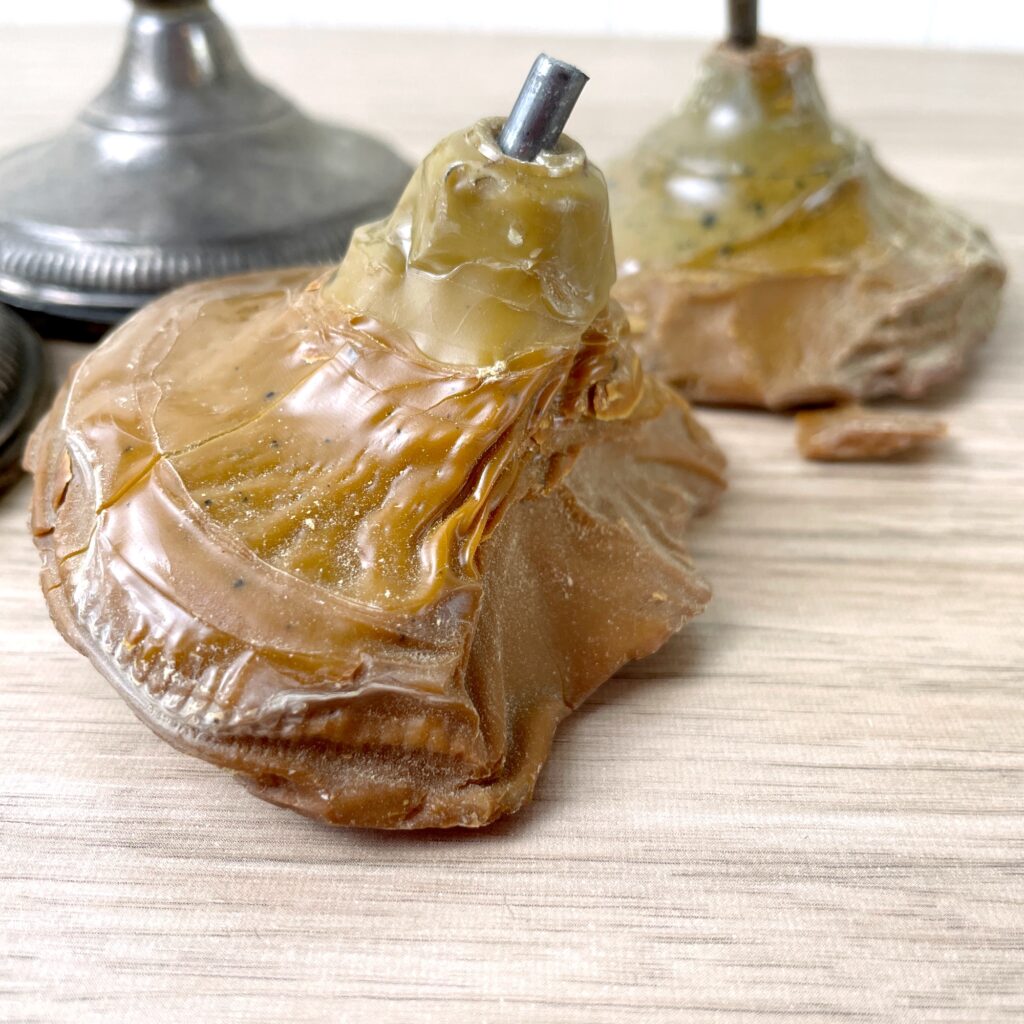
There’s nothing wrong with weighted silver pieces. They are sterling, so they have that gorgeous warm glow that true sterling has. If you want to sell them, they’re not worth as much as an entirely sterling piece because wax costs a lot less than sterling does. But as decor, a little wax inside does not make them any less attractive.
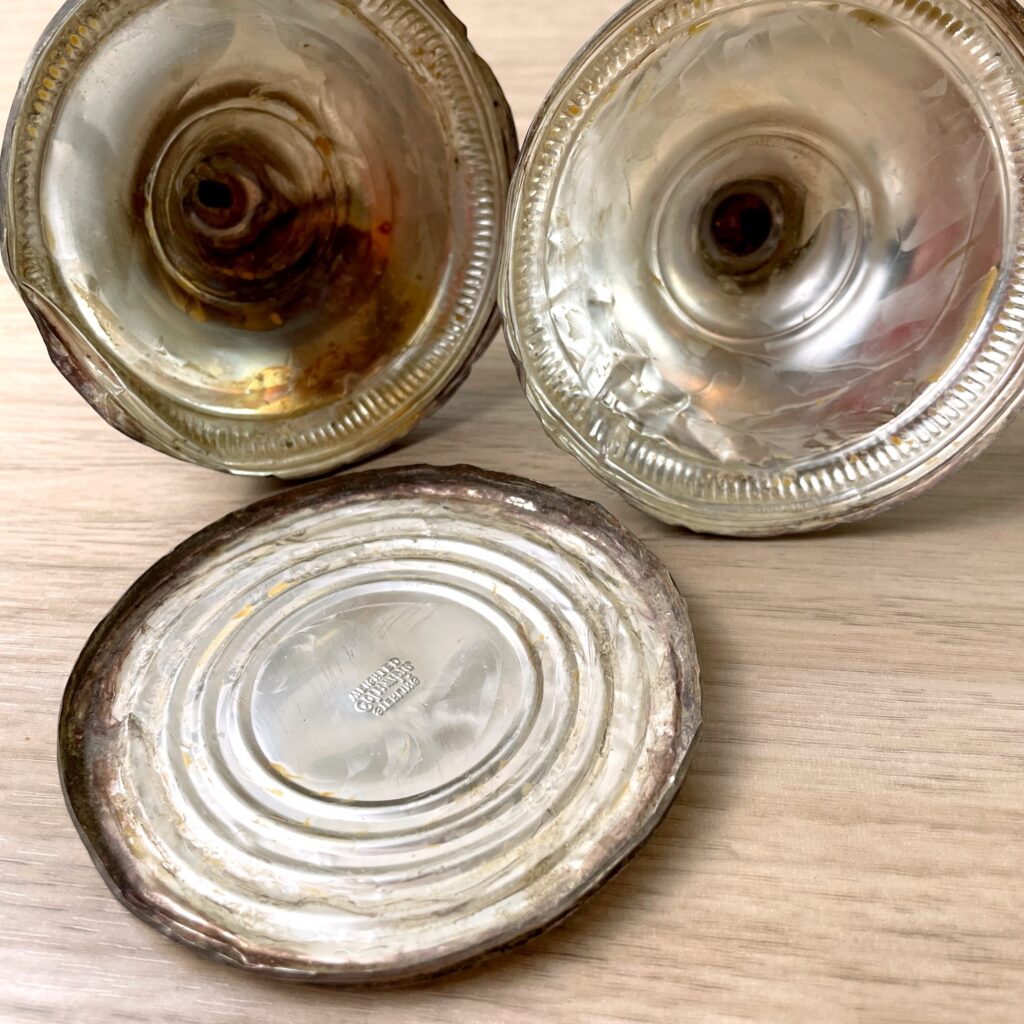
If you’re going to scrap the silver, and we certainly aren’t suggesting you should, a weighted sterling piece is not going to worth a whole lot because the majority of the weight comes from the filler material and not the sterling. The candlesticks I dissected for the photos were in rough shape, full of dings and dents. Some things get better with dings and patina. Silver candlesticks are not one of them.
Weighted silver is cared for the same way sterling silver and silver plate are. Gently rubbing with a high quality paste polish and buffing with a soft cloth will keep them shining. If you polish pieces when they need it and don’t save up your entire collection so you have an entire day polishing hell, polishing can be as relaxing as ironing. I realize this might be a minority view, but when the mood is right, it really is relaxing to iron and polish silver. Taking proper care of nice things can be very satisfying.
Watch a weighted silver candlestick being taken apart here.
And this has made you curious about metal markings on other things, you will enjoy our post on jewelry marks in layman’s terms.
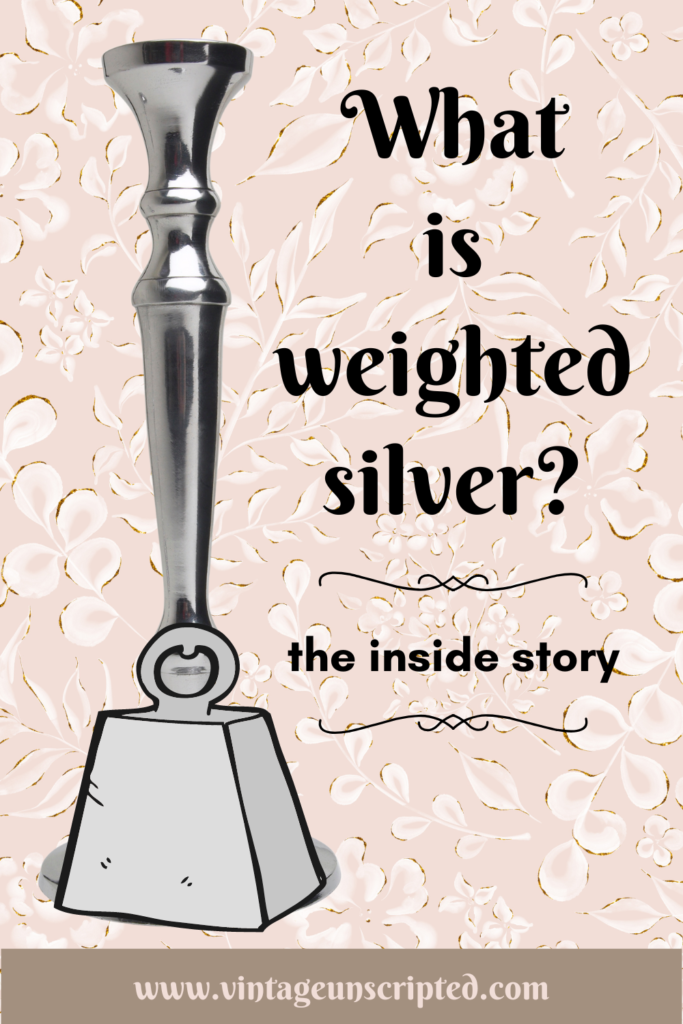

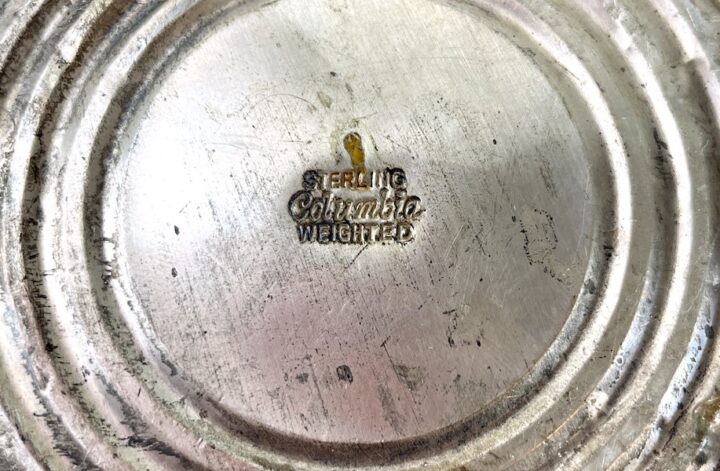

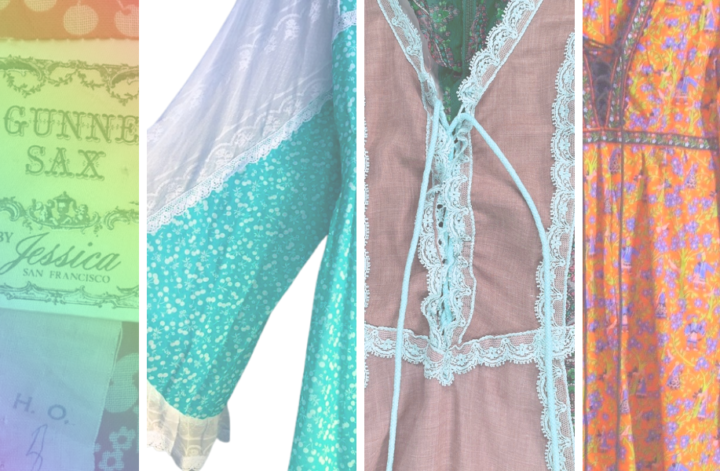
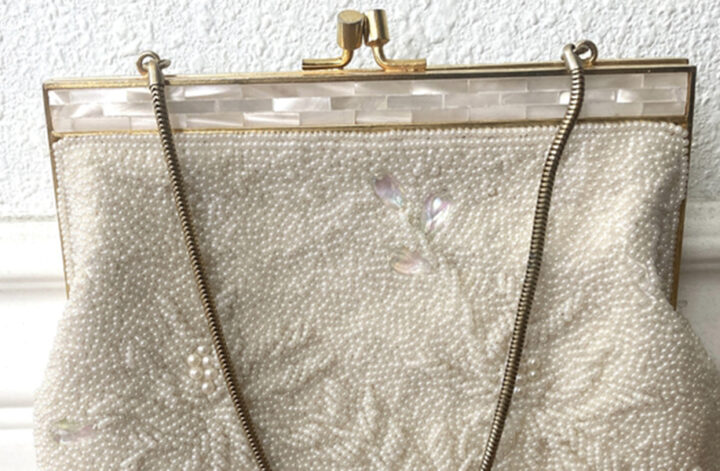

2 comments
I have a decent amount of weighted silver and pure sterling silver. Ho do I determine it’s value
Thanks for asking. There are many variables that go into determining the value of silver and weighted silver pieces. Are they in good condition and is there demand for them as decorative pieces? Are they in less good condition and are you selling them to be scrapped? Silver that is going to be scrapped is based on weight, the current market price and what the dealer is paying. Silver that has decorative value is priced based on condition, scarcity and demand.
A good place to start is doing a Google Lens search on the items, which, if luck is on your side, will give you some comparable pieces and their prices. If it’s flatware, you can also research the pattern. Some sterling flatware patterns are in high demand, others are not so much. A good place to look at patterns is replacements.com.
Good luck with your quest.